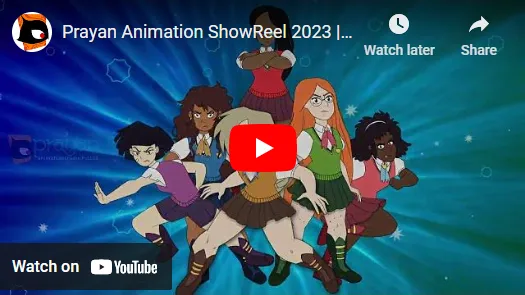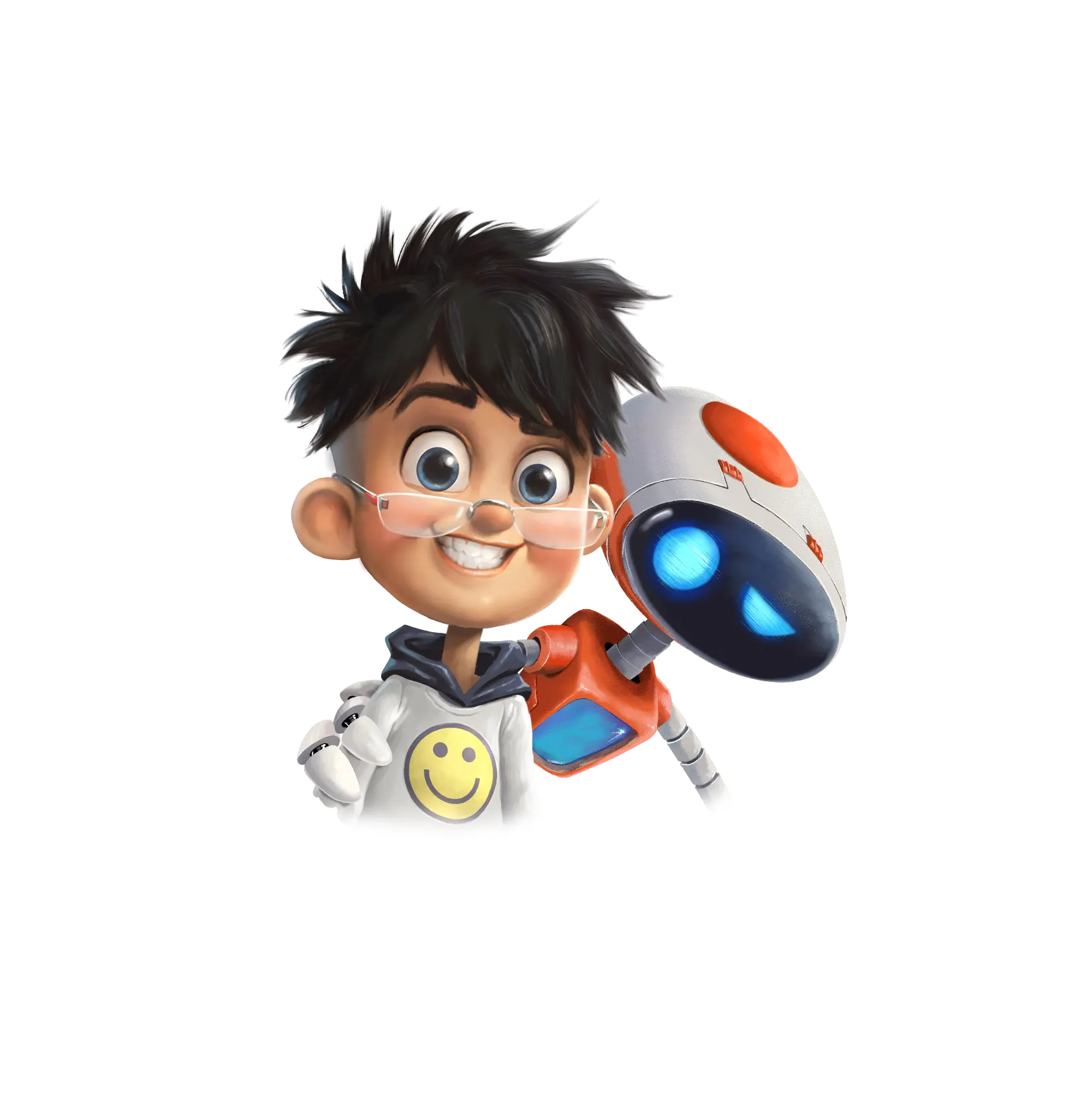The Ultimate Guide for Kids’ Entertainment Leaders

The world of kids’ entertainment is a dynamic space where creativity meets responsibility, and innovation is key to staying ahead. As a kids’ entertainment executive, your role is not just about making content that grabs attention it’s about creating experiences that shape young minds, spark imaginations, and provide value to parents, educators, and families. Whether you’re involved in animation services, live-action, streaming, or interactive content, here are the key things every kids’ entertainment executive must know:
The Power of Storytelling
Kids’ content thrives on stories that spark creativity, teach moral lessons, and allow children to explore the world around them. As an executive, understanding the role of strong storytelling is essential in creating content that not only captures their attention but also resonates with parents, educators, and other stakeholders. In children’s entertainment, character-driven stories tend to work the best. Think of beloved characters like SpongeBob SquarePants or Elsa from Frozen they aren’t just entertaining; they represent values, emotions, and adventures that kids can connect with.
Understanding Age-Appropriate Content
The complexity of a story, the style of animation, and the themes need to align with the developmental stage of the audience. A solid understanding of age groups ranging from toddlers to tweens is vital.
- Preschoolers (0-5 years): Content should focus on simple narratives, engaging visuals, and educational themes like colors, numbers, and social-emotional learning.
- Early School Age (6-9 years): This age group enjoys more complex stories and may enjoy more adventurous content, but it’s important to keep things lighthearted and fun.
- Tweens (8-12 years): Tweens seek content that offers more depth, humor, and even a bit of social commentary. Shows like Stranger Things cater to this demographic, blending adventure, humor, and some darker themes.
Being clear on the age appropriateness of content ensures that the entertainment is engaging without being overly complicated or too simplistic.
The Role of Education in Kids’ Content
Parents and guardians are always looking for entertainment that is both fun and educational. Content that helps develop social, emotional, cognitive, and physical skills holds a lot of value. Kids today are exposed to an overwhelming amount of content, and many parents prefer content that aligns with their values, particularly when it comes to fostering creativity, empathy, or academic learning.
Edutainment, a blend of education and entertainment, has become a buzzword. Executives should recognize the need for responsible content creation whether it’s teaching STEM concepts, life skills, or promoting positive values. Sesame Street, Dora the Explorer, and Bluey are perfect examples of how entertainment can teach critical lessons while keeping the kids entertained.
The Impact of Social Media and Digital Platforms
The digital landscape is not just a trend it’s here to stay. Kids are increasingly turning to YouTube, TikTok, and streaming services like Netflix, Disney+, and Hulu for entertainment. But it’s not only about distribution anymore; it’s about building an ecosystem that can thrive on these platforms.
While streaming platforms like Netflix have developed vast content libraries, YouTube remains a major player in kids’ entertainment. Understanding the algorithmic nature of YouTube, how to create engaging short-form content, and the role of influencers and creators can significantly impact content strategies.
Parental Concerns and Regulation
While kids’ entertainment may focus on the younger generation, it’s important to remember that parents are key decision-makers in the process. Today’s parents are more informed and more discerning than ever before. They have an array of tools at their disposal to monitor and filter the content their children consume. As an executive, understanding parental concerns regarding screen time, content appropriateness, and the commercialization of children’s programming is crucial.
Diversity and Representation Matter
Today’s audiences expect diversity and inclusivity in the content they consume. The growing demand for diverse characters, stories, and perspectives across all genres of kids’ entertainment is not just a trend it’s a shift in what children want to see and what parents want their kids to experience. Content creators should prioritize authentic representation rather than tokenism and create stories that resonate with a broad range of kids.
The Importance of Technology and Innovation
Technology is central to the evolution of kids’ entertainment. Staying ahead of the curve with advancements in animation, artificial intelligence, virtual reality, and other tech-driven elements is crucial. Whether its creating immersive 3D worlds, personalized content, or interactive mobile apps by the application of animation embrace innovation and create exciting new opportunities for engagement.
Sustainability and Ethical Responsibility
Finally, as with any industry, kids’ entertainment must also address the growing importance of sustainability and ethical responsibility. Parents and children are becoming more environmentally conscious, and the entertainment industry is no exception. Executives must consider how content is produced, how resources are used, and the long-term impact of the content on the environment and society. Promoting eco-friendly messages within content, creating sustainable merchandise, and being mindful of the environmental footprint of digital production are all growing trends within the industry.
The landscape of kids’ entertainment is multifaceted, with many factors influencing what works and what doesn’t. As an executive, keeping a pulse on the changing dynamics of children’s interests, tech trends, parental concerns, and regulatory challenges is essential for creating meaningful and successful content. As you prepare to attend the Kidscreen Summit, it’s crucial to remember that the future of kids’ entertainment lies in a delicate balance of creativity, responsibility, and innovation. Understanding the evolving needs and expectations of young audiences, as well as the concerns of parents and educators, will be key to creating content that resonates with the target audience. By staying informed on the latest trends in storytelling, digital platforms, diversity, and technology, you can contribute to creating a more inclusive, educational, and engaging entertainment landscape. With these guiding principles in mind, you will be well-equipped to navigate the dynamic and competitive world of kids’ entertainment and make a lasting impact on the next generation.
FAQ
Storytelling is essential in kids’ entertainment as it sparks creativity, teaches moral lessons, and connects with young audiences emotionally. Character-driven stories, like SpongeBob SquarePants or Elsa from Frozen, effectively resonate with children and other stakeholders by representing values, emotions, and adventures.
Understanding developmental stages is crucial. For preschoolers (0-5), focus on simple narratives and educational themes. Early school-age kids (6-9) enjoy lighthearted, adventurous content. Tweens (8-12) prefer deeper stories with humor and some social commentary.
Parents prioritize content that combines fun with learning. Educational entertainment, or “edutainment,” fosters skills like creativity, empathy, and academic learning. Examples include Sesame Street, Dora the Explorer, and Bluey, which balance critical lessons with entertainment.
Digital platforms like YouTube, TikTok, and streaming services dominate kids’ content consumption. Executives need to understand platform algorithms, create engaging short-form content, and utilize influencers to build successful strategies.
Diversity ensures content resonates with a broad audience and meets expectations for inclusivity. Innovation through technology, such as virtual reality or AI, creates immersive and engaging experiences, keeping content fresh and competitive.














 We can help you.
We can help you. 




